Top Class Actions’s website and social media posts use affiliate links. If you make a purchase using such links, we may receive a commission, but it will not result in any additional charges to you. Please review our Affiliate Link Disclosure for more information.
Since the legalization of recreational cannabis in Canada in 2018, there have been several cannabis class action lawsuits over tainted cannabis, mislabeled cannabis products and Health Canada cannabis product recalls.
The most recent case, a $500 million Alberta cannabis class action lawsuit, challenged several Canadian cannabis producers, claiming that testing shows the THC content in the products is “drastically different” than advertised. Among the named defendants in the cannabis class action are Canada’s major producers, including Tilray, Cronos and Aurora Cannabis.
One of the charges brought against the cannabis producers is that the levels of THC in their cannabis products were mislabeled. Some products tested contained 46 per cent of the THC advertised, while others tested stronger than what was advertised.
The Expert Weighs in on Cannabis
Cases of mislabeled legal cannabis products or even dangerous cannabis products may generate an ecosystem of fear among consumers, and may lead many to wonder how to ensure that cannabis products they purchase are safe.
In an exclusive interview with Top Class Actions, Dr. Gilles Chamberland, M.D., FRCPC, weighs in on the cannabis mislabeling class action lawsuit and offers readers his advice when it comes to buying and using cannabis products.
Dr. Chamberland is a psychiatrist, previous Director of Professional Services at Institut Philippe-Pinel de Montréal, Distinguished Fellow at the Canadian and American Psychiatric Associations, and is Associate Professor of addictology, Department of Psychiatry, at Université de Montréal. Dr. Chamberland is also a longtime Crown expert witness in medical and forensic psychiatry for leading national cases, such as the Luka Magnotta trial and the Quebec City mosque shooting.
It is important to first understand why consumers might use cannabis, says Dr. Chamberland. “There are two chemical components found in cannabis that consumers seek, and both have different effects: THC and CBD.” According to Dr. Chamberland, THC (delta-9-tetrahydrocannabinol) is usually sought-after for its euphoric effects, experienced by consumers as a “high”, while CBD (Cannabidiol) attracts consumers for its reported therapeutic effects, without the mind-altering results.
In the case of the mislabeled cannabis class action, for example, consumers may have been annoyed at the fact that products did not meet their advertised THC or CBD levels, but this would likely not be dangerous to consumers, Dr. Chamberland assured.
“Typically, when a user smokes a joint, the effects are felt almost instantaneously. So the user will only smoke as much as he or she needs to feel the desired effect, and will then stop.”
Dr. Chamberland, therefore points out that where consumers smoke or vape cannabis, the risk of overdosing is very low. However, there is a risk of not knowing how much THC is in the user’s system, he notes, and this may lead to undesired legal consequences.
“For example, a user can consume a cannabis product that has a higher THC dose than advertised, and think that he or she consumed less THC than what was actually consumed. The user, who can feel completely sober, can later drive, be implicated in a car accident that he or she didn’t cause, but then be tested by police and charged for driving while intoxicated.”
This example is not far-fetched, according to Dr. Chamberland. A Public Safety Canada survey found that although most people know that it is illegal to drive when impaired by drugs, 43 per cent of Canadians don’t know how long to wait to drive after consuming cannabis, one in six believing three hours is long enough — a substantial underestimate.
Among cannabis users in the survey, 28 per cent had reported driving under the influence at some point, and among that group, 25 per cent believed it was less dangerous than driving drunk and 17 per cent believed there was no risk to their driving.
Dr. Chamberland warns that the effects of THC differs from person to person, and some may feel competent to drive or work with higher amounts of THC in their system, while others will feel the THC effects more strongly. This is why, according to Dr. Chamberland, consumers need to understand that regardless of the THC levels presented on a cannabis label, the THC will have varying effects.

However, Dr. Chamberland notes that mislabeled THC products can pose health risks in the case of edibles. “This is where consumers need to be careful,” he warns. “Unlike smoking or vaping, edibles can take up to two hours to present any effects, and the effects can last up to 12 hours, with residual effects lasting up to 24 hours.” This is where consumers can suffer THC intoxication if they eat too many “pot brownies,” which is rather common.
According to Dr. Chamberland, many consumers are unaware that the effects of edibles take longer to kick in, and therefore often eat more than they should, only feeling overwhelming and even dangerous effects hours later.
For example, data from the Canadian Institute for Health Information shows that in the years leading up to legalization, the number of emergency room visits due to THC intoxication in Canada have steadily increased – potent edibles being the culprit.
Dr. Chamberland’s consumer tip is to self-inform about cannabis products and to “buy legal cannabis.” This, he says, should ensure proper use, a quality product and accurate THC and CBD labels.
“The discrepancy in THC levels found in cannabis products is counterintuitive,” notes Dr. Chamberland referring to the mislabeled cannabis class action lawsuit, “as one of the reasons for legalization in Canada was to ensure safer products that meet certain minimum standards, and that THC levels indicated on cannabis labels represent the actual amount present in the product.”
Cannabis Regulation in Canada
Canada legalized recreational cannabis nationwide in October 2018. This was accomplished via Bill C-45, An Act respecting cannabis and to amend the Controlled Drugs and Substances Act, the Criminal Code and other Acts.
The Act aims to “provide legal access to cannabis and to control and regulate its production, distribution and sale.” Furthermore, cannabis legalization in Canada was intended to:
- Keep cannabis out of the hands of youth;
- Keep profits out of the pockets of criminals; and
- Protect public health and safety by allowing adults access to legal cannabis.
When it comes to regulation, federal, provincial and territorial governments share the responsibility for overseeing the cannabis regulation system.
The federal government has jurisdiction over setting the requirements for cannabis producers and manufactures to ensure safety and quality. The federal government also sets industry-wide rules and standards, including:
- The types of cannabis products available for sale;
- Packaging and labelling requirements for products;
- Standardized serving sizes and potency;
- Prohibitions on the use of certain ingredients;
- Good production practices;
- Tracking requirements of cannabis from seed to sale, in order to keep it out of the illegal market; and
- Restrictions on promotional activities.
Provincial and territorial governments are responsible for developing, implementing, maintaining and enforcing regulation systems that oversee the distribution and sale of cannabis products. Provinces and territories are also able to establish their own safety measures, such as:
- Increasing the minimum age in their province or territory (but not lowering it);
- Lowering the personal possession limit in their jurisdiction;
- Creating additional rules for growing cannabis at home, such as lowering the number of plants per residence; and
- Restricting the places adults can consume cannabis, such as in public or in vehicles.
For example, on November 1, 2019, Quebec passed The Act to tighten the regulation of cannabis. That Act amends the Cannabis Regulation Act, and prohibits users to smoke or vape cannabis in any public space, both indoor and outdoor. The province instituted another change, in effect as of January 1, 2020, increasing the minimum legal age to possess or purchase cannabis to 21 years of age.
In Ontario, the legal age is 19, and users can smoke in outdoor public spaces, unlike Quebec. In both provinces, legal cannabis can only be bought in licensed government-operated stores.
The minimum legal age for cannabis use in Alberta is 18, and users are prohibited from consuming cannabis in certain public places.
British-Columbia sets the minimum legal age at 19. Provincial cannabis law prohibits cannabis smoking and vaping everywhere tobacco smoking and vaping are prohibited, as well as at playgrounds, sports fields, skate parks and other places where children commonly gather.
What is Legal?
Because cannabis is regulated federally and provincially, consumers should ensure compliance with their province’s or territory’s cannabis regulations. As per federal cannabis regulation, adults over 18 years-old are legally permitted to:
- Possess up to 30 grams of legal cannabis, dried or equivalent in non-dried form in public;
- Share up to 30 grams of legal cannabis with other adults;
- Purchase dried or fresh cannabis and cannabis oil from a provincially-licensed retailer (in provinces and territories without a regulated retail framework, individuals can purchase cannabis online from federally-licensed producers);
- Grow, from licensed seed or seedlings, up to 4 cannabis plants per residence for personal use; and
- Make cannabis products, such as food and drinks, at home as long as organic solvents are not used to create concentrated products.
As of October 17, 2019, cannabis edible products and concentrates are legal for sale in Canada.
ATTORNEY ADVERTISING
Top Class Actions is a Proud Member of the American Bar Association
LEGAL INFORMATION IS NOT LEGAL ADVICE
Top Class Actions Legal Statement
©2008 – 2024 Top Class Actions® LLC
Various Trademarks held by their respective owners
This website is not intended for viewing or usage by European Union citizens.

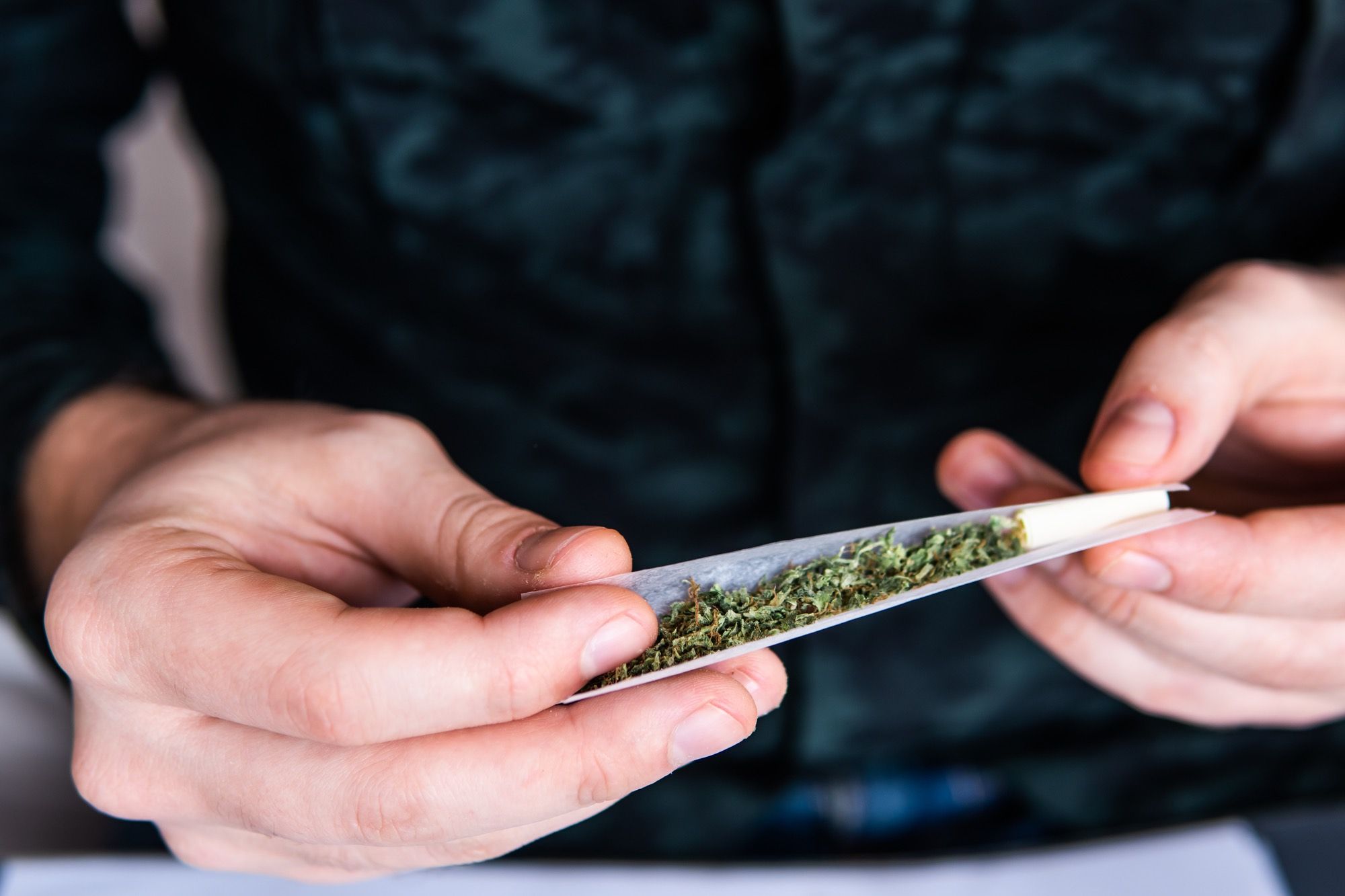
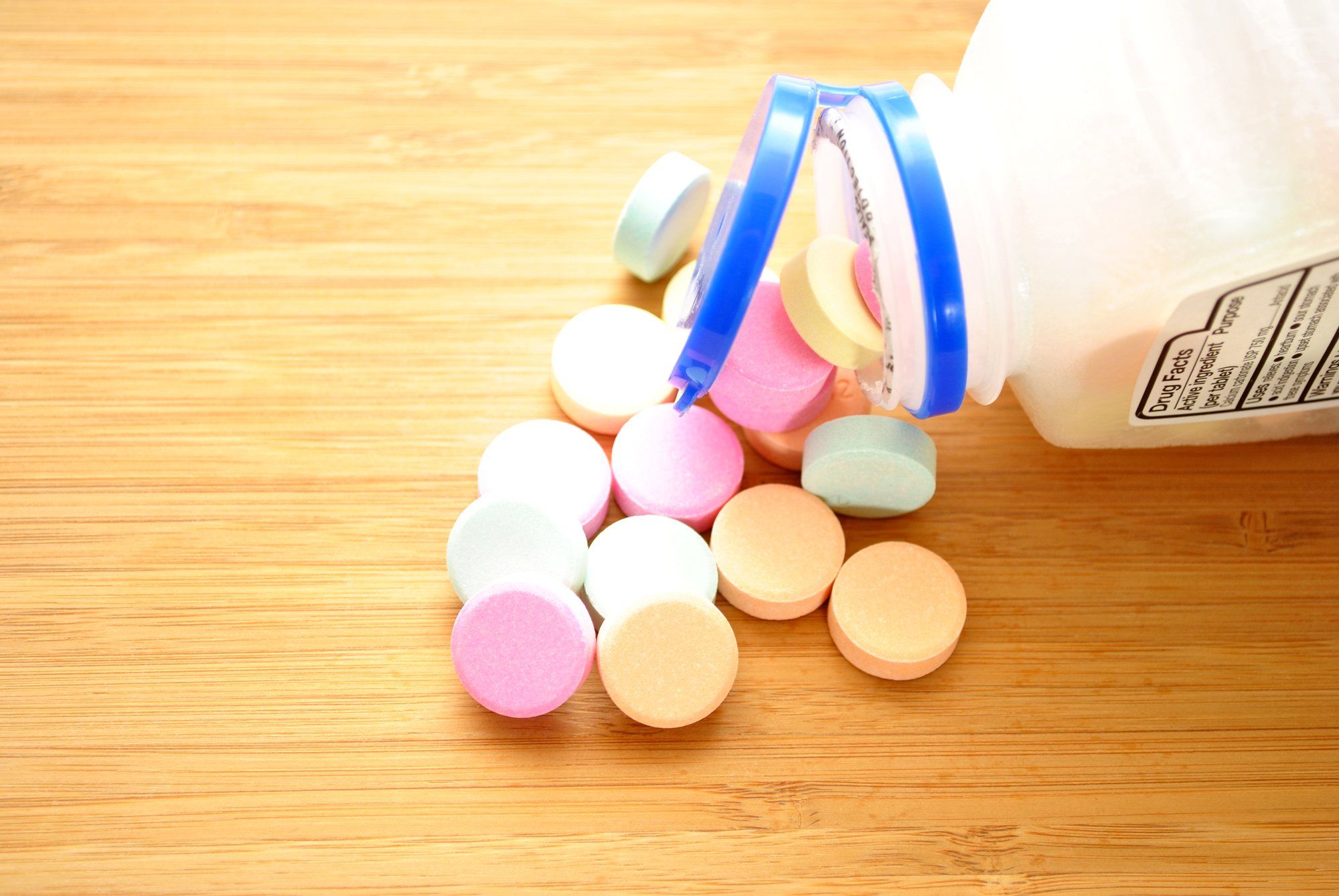
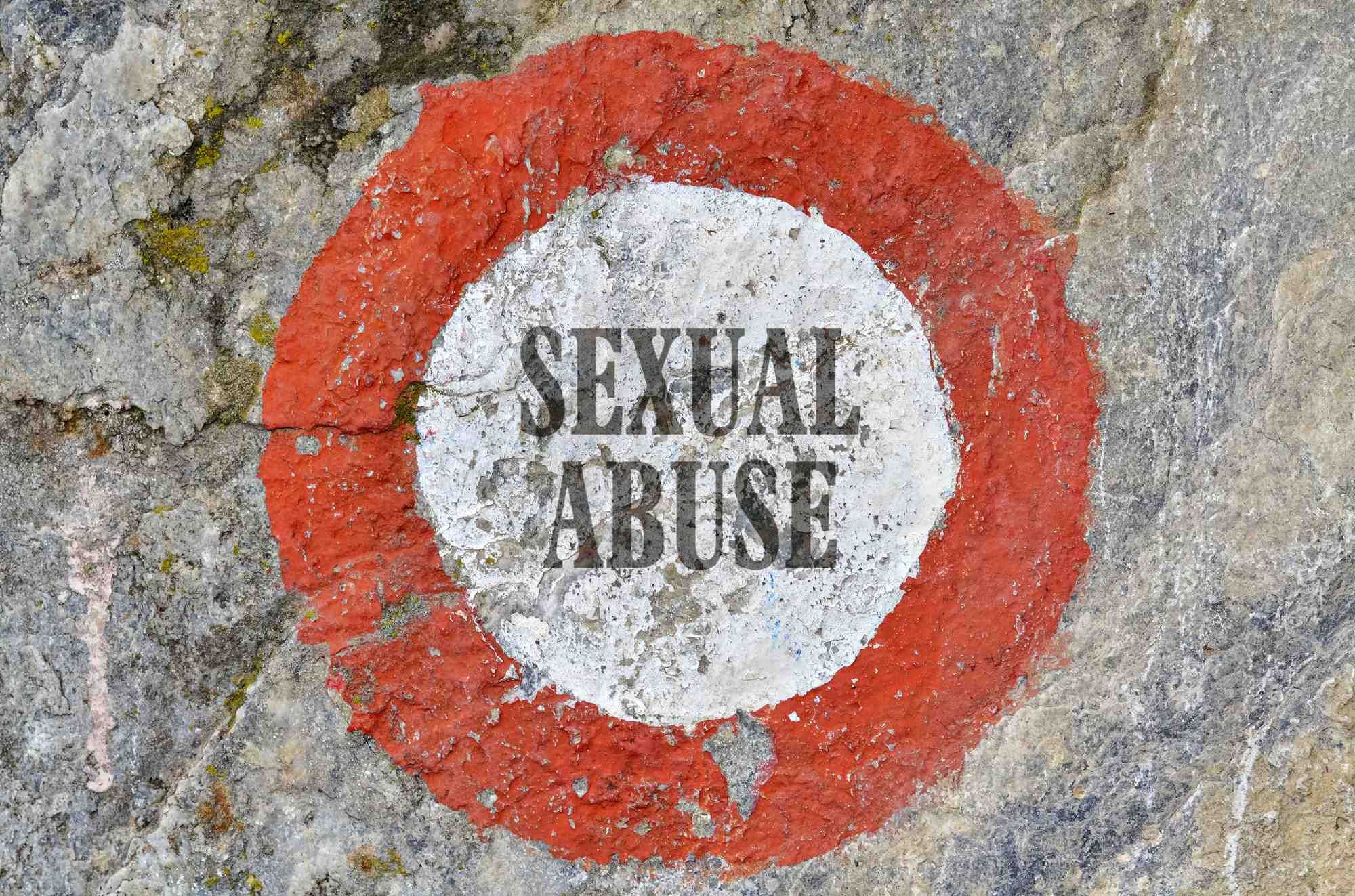
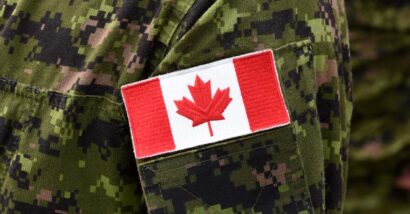



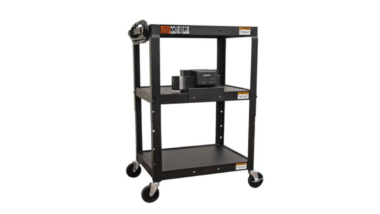






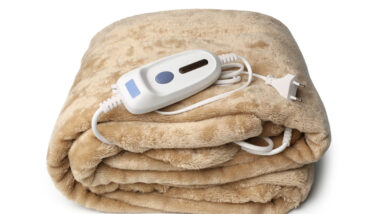


5 thoughts onConsumers’ Guide to Legal Cannabis | Dr. Gilles Chamberland Weighs In
Thank you for shedding some much needed light on this very popular subject. Professor Chamberland is accurate and knowledgeable while easy to understand. Cannabis must be carefully studied as it can have serious effects especially on teenagers and young adults’ brains.
Thought provoking and insightful on the current realities facing the industry in Canada today.
Very interesting and informative!
I read your comment and noted that you also made a grammar mistake… you don’t usually put a capital letter after a colon…
The cauldron calling the kettle black!
Tres intressant. J’ai beaucoup appris sur la cannabis grace a
cet article et votre interview avec le Professeur Chamberland
Merci,